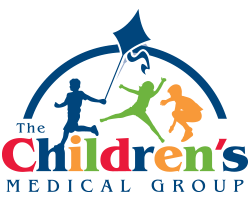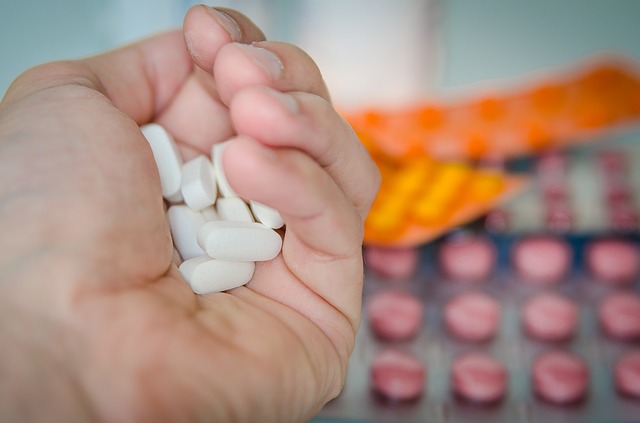The abuse, misuse, and dependency of opioids continue to represent a significant problem in the United States. Every day, approximately 115 people die from opioid overdose, and the most recent data from the Centers for Disease Control and Prevention states that overdoses rose 30 percent between July 2016 and September 2017. The FDA is seeking to address this epidemic by reviewing their policies, particularly around pediatric opioid labeling.
The FDA approved OxyContin for use in children 11 years of age and older in 2015. While this gives physicians additional options in chronic pain management, it may also provide additional opportunities for teens who wish to experiment with pain medication. Parents should maintain possession of the drugs to prevent misuse and should not adjust their child’s dosage without consulting their doctor.
Statistics
Though the prescription of opioids for children can cause issues such as dependency and ultimately addiction, parents should also be aware of what’s in their own medicine cabinet. Children and teens often find unused pills that seem harmless to experiment with. According to the CDC, 80 percent of people who use heroin first misused opioid medication.
The epidemic is worsening and becoming more fatal as time passes even though prescriptions for painkillers are becoming more infrequent. Opioid addiction affects our families, neighbors, coworkers and friends. In the United States today, 2 million people are addicted to opioids. In 2017, 49,068 people died as the result of an opioid overdose.
What Drugs Are Abused?
- Oxycodone is the active pain-relieving ingredient in drugs like OxyContin and Percocet. This drug is typically taken in pill form.
- Hydrocodone is the active pain-relieving ingredient in drugs like Vicodin and Zohydro. This drug is typically taken in pill form.
- Codeine is prescribed to relieve cough and pain symptoms. This drug is typically taken in syrup form.
- Morphine is taken intravenously to relieve pain.
- Fentanyl (pronounced fent-an-all) is used in drugs like Actiq, Duragesic, Fentora and Sublimaze. Fentanyl is 100 times stronger than morphine, and drugs like heroin are sometimes laced with fentanyl powder. Fentanyl can be absorbed through the skin which makes it incredibly dangerous.
- Heroin is a highly dangerous recreational drug that is typically injected but can also be smoked or snorted.
Overdose
An overdose is a life-threatening situation. Someone who is overdosing has a low pulse, shallow, slow breathing, and their skin is either cool and sweaty or hot and dry. The person is either unconscious or losing consciousness and vomiting. Check the scene for hypodermic needles or pill cases nearby. If you see someone who you believe is having an overdose as a result of opioids, the overdose can be reversed with the medication naloxone, otherwise known by its brand name Narcan. This medicine is not dangerous if administered to someone who is not actually having an overdose, so having it on hand could be lifesaving. Contact your local police department about naloxone trainings and how you can obtain this medicine.
Important notes on naloxone:
- If you believe someone is having an overdose, first call 9-1-1.
- Administer the nasal spray – if you believe the nasal spray is ineffective, administering another dose will not hurt them.
- Be aware that someone coming out of an overdose may be aggressive. Naloxone causes immediate withdrawal, so it is important to ensure your own safety as you monitor theirs, until paramedics arrive.
Local resources:
Preventing Substance Abuse in Dutchess County
Substance Use Prevention and Recovery in Ulster County
Alcoholism & Drug Abuse Council of Orange County


